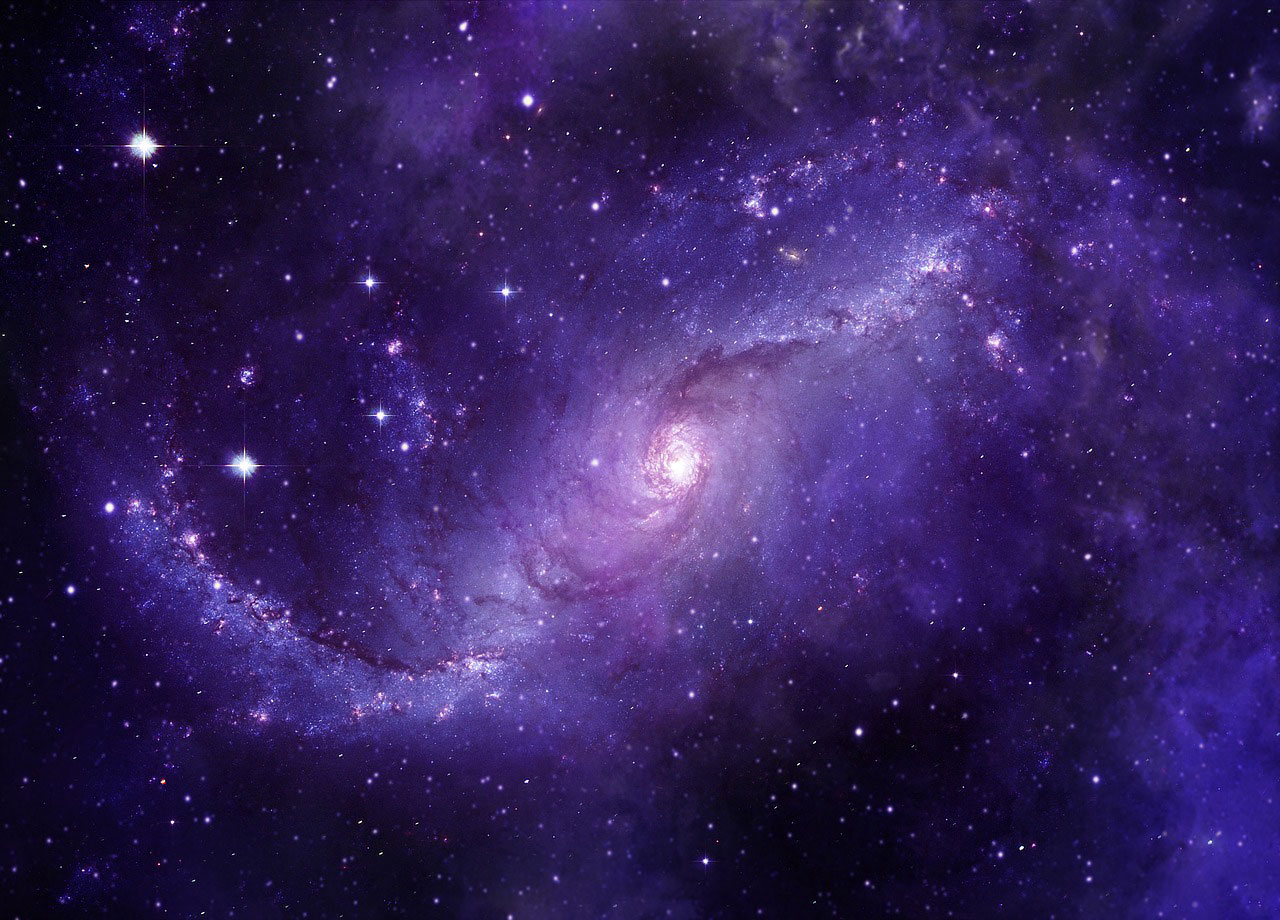Maybe you think that one Earth is enough. What if the amount was in the billions, though? New research suggests that there may be as many as 6 billion Earth-like planets in the Milky Way galaxy.

Researchers at the University of British Columbia (UBC) discovered an unexpected result after analyzing data from N.A.S.A’s Kepler study. The Kepler planet-hunting satellite gathered information on 200,000 stars from 2009 to 2018.
.png)
The criteria used by the scientists to select this planet included that it must be rocky, roughly the same size as Earth, and orbit a star similar to the Sun. Because the conditions would be excellent for the existence of water and life, this planet had to be in the habitable region of its star.The calculations of Michelle Kunimoto, a UBC researcher who has previously discovered 17 new exoplanets, “established an upper limit of 0.18 Earth-like planets per G-type star,” she said. To put it another way, there are around 5 planets for each Sun.

While the scientists came up with an astounding number of hypothetical Earths, this does not necessarily imply the number of such planets exists or whether they have life similar to ours. However, this new estimate increases the likelihood that comparable worlds exist.

Soucre: news.sci-nature.com








